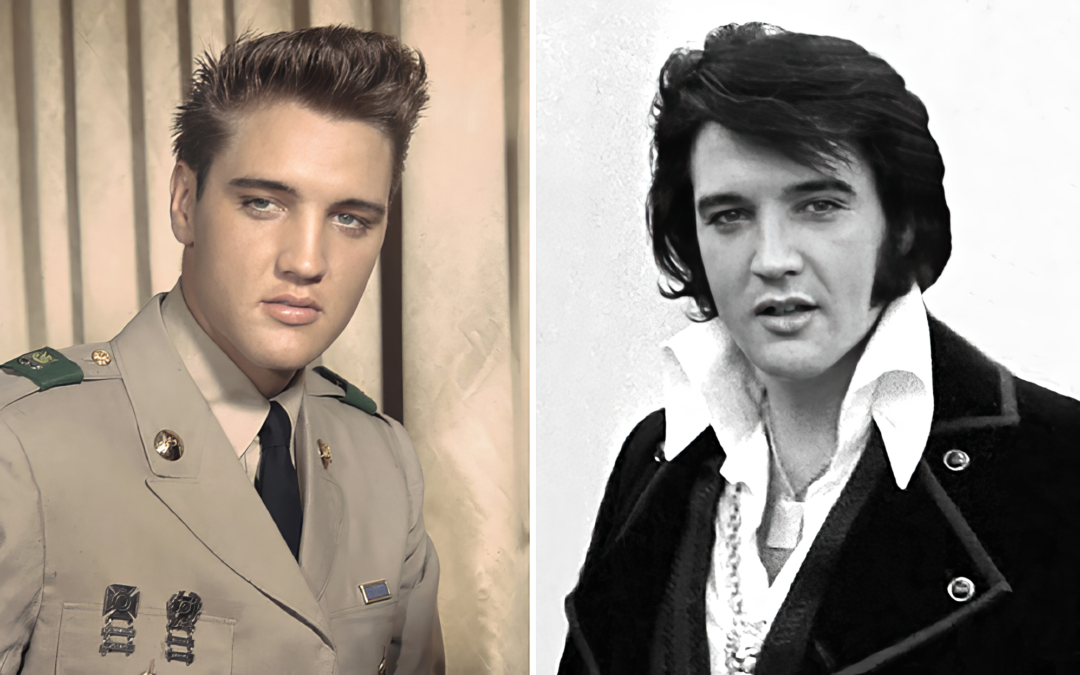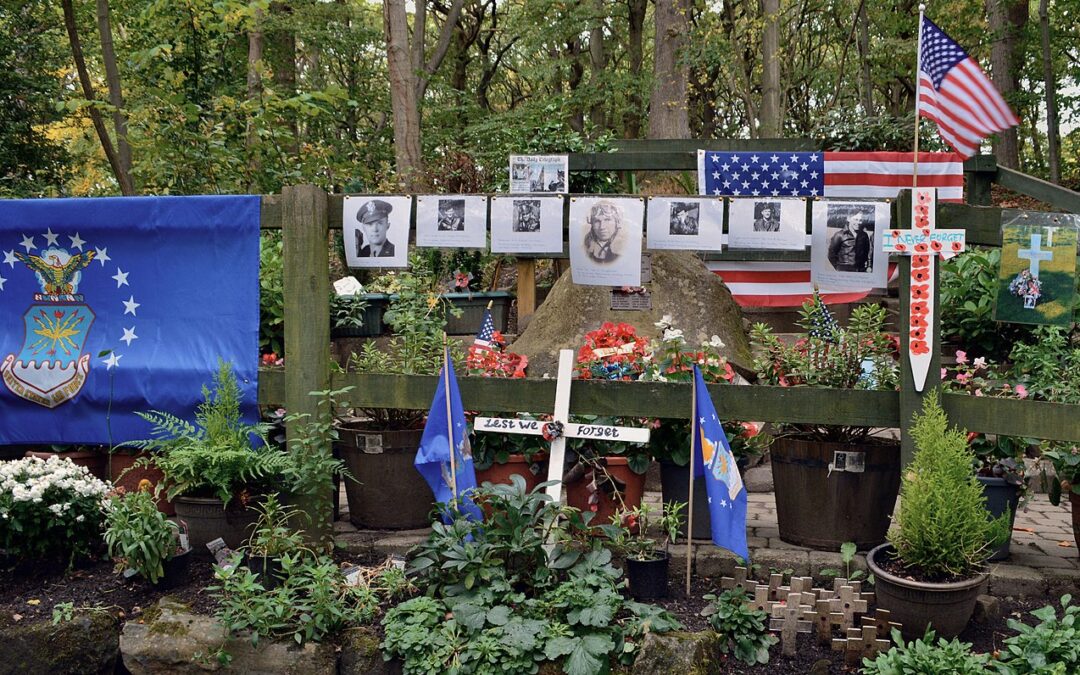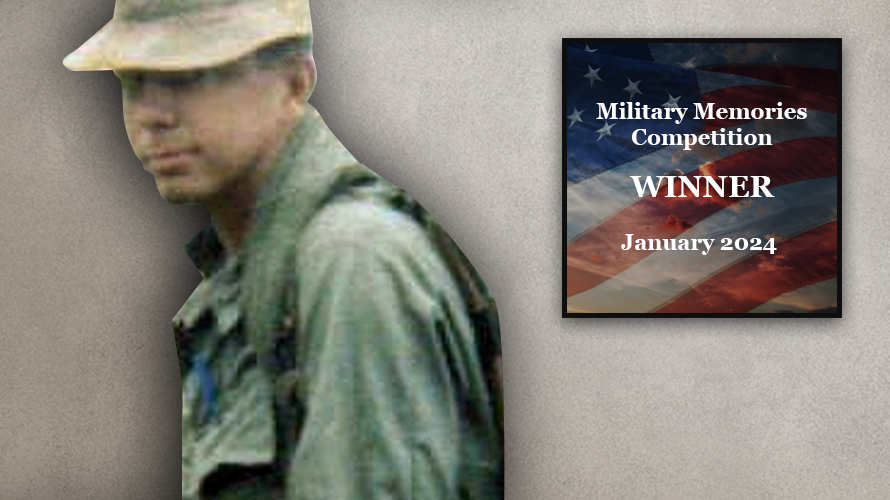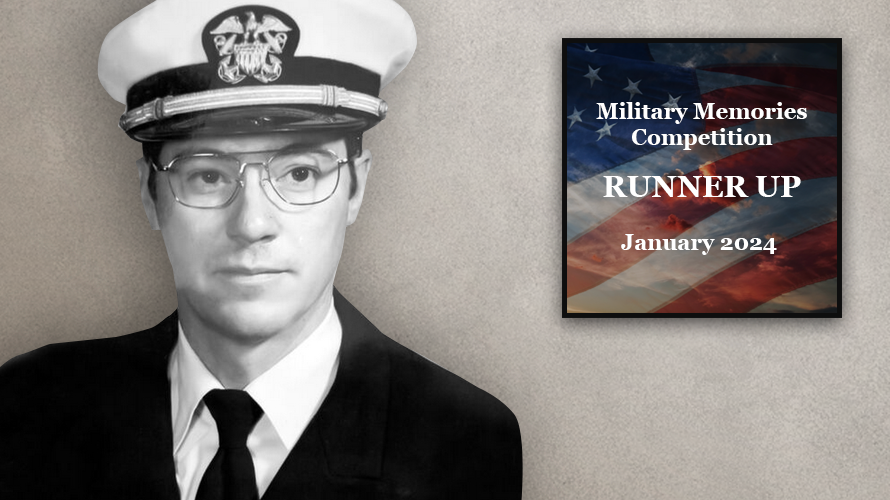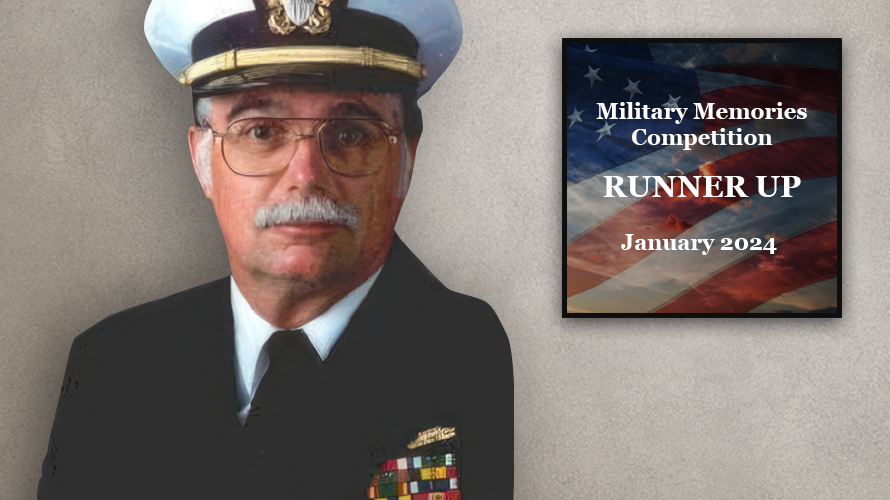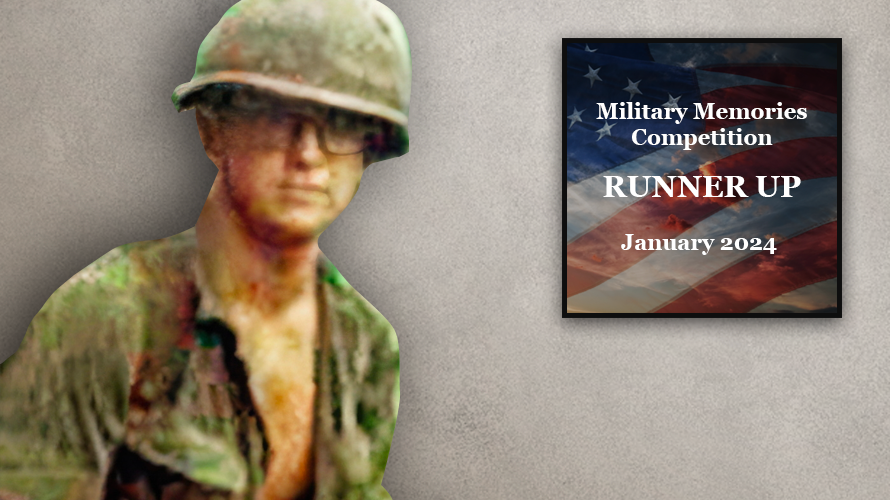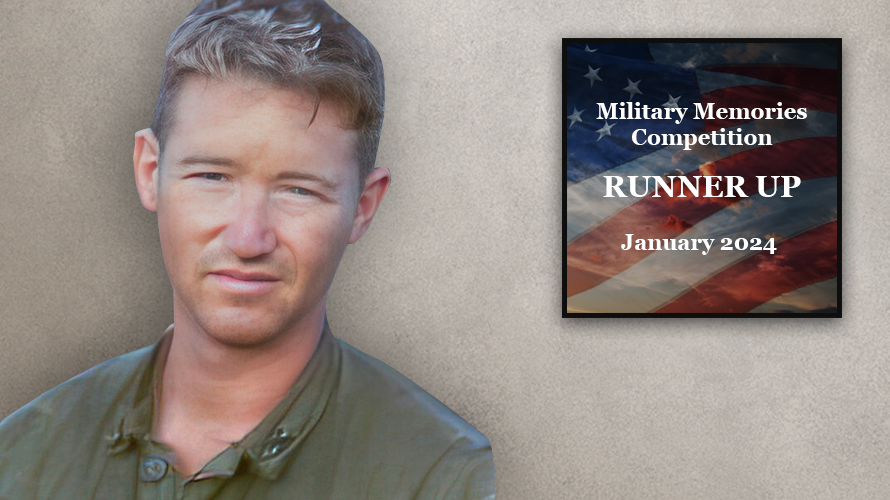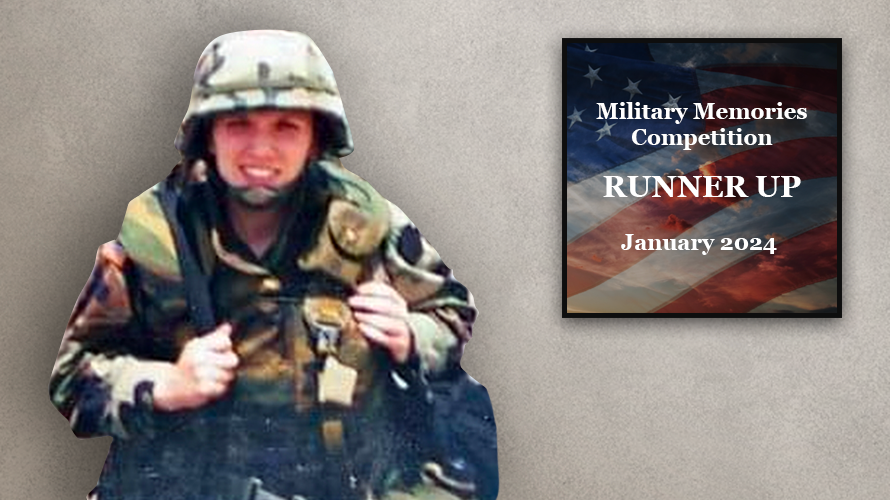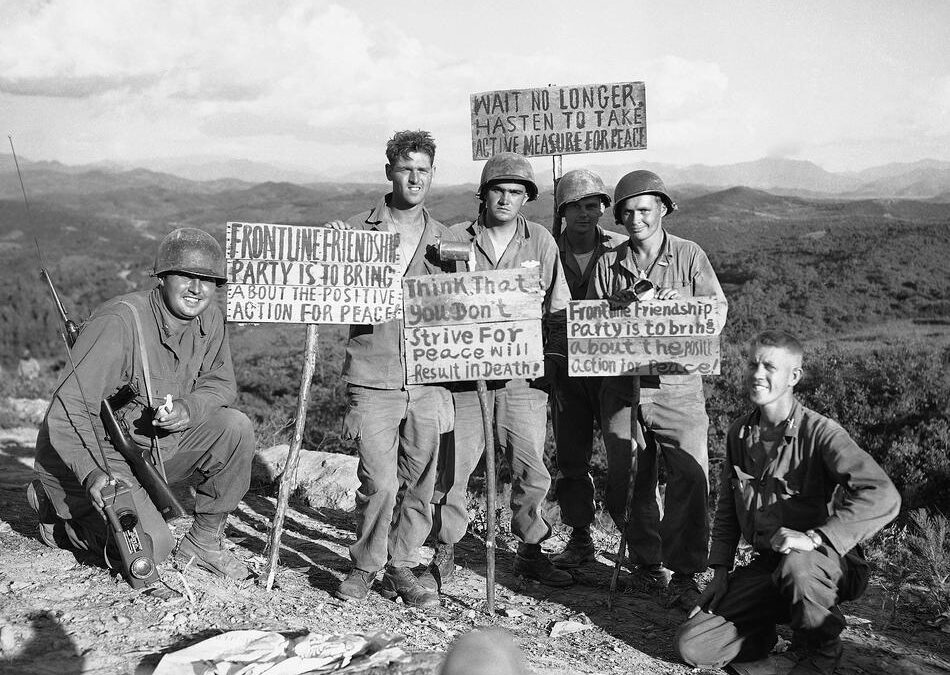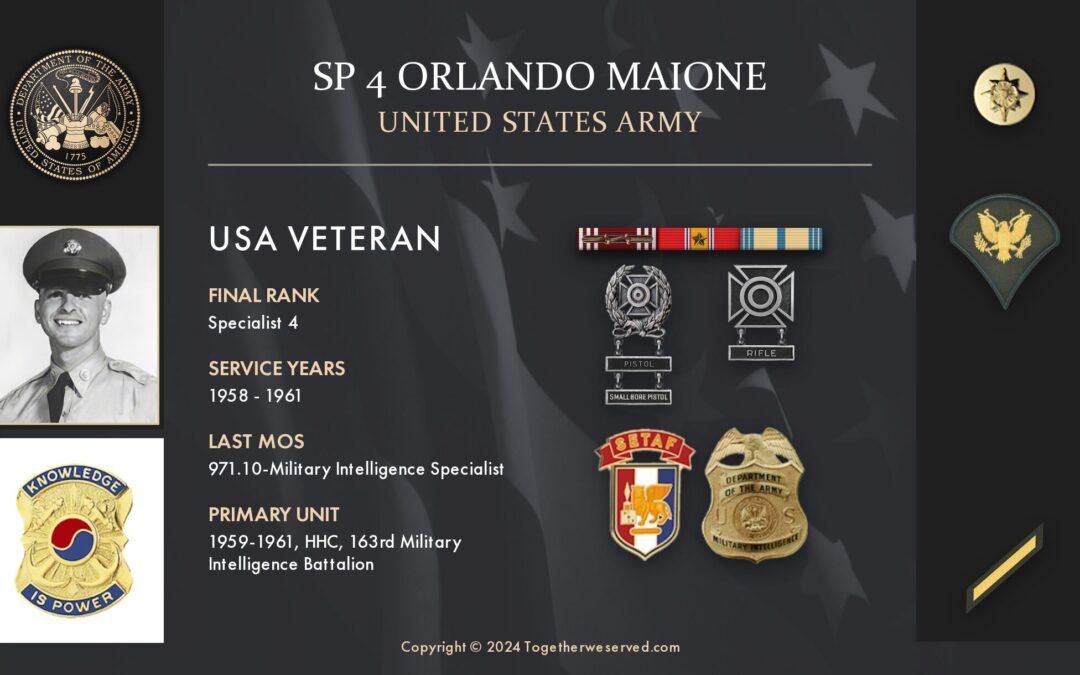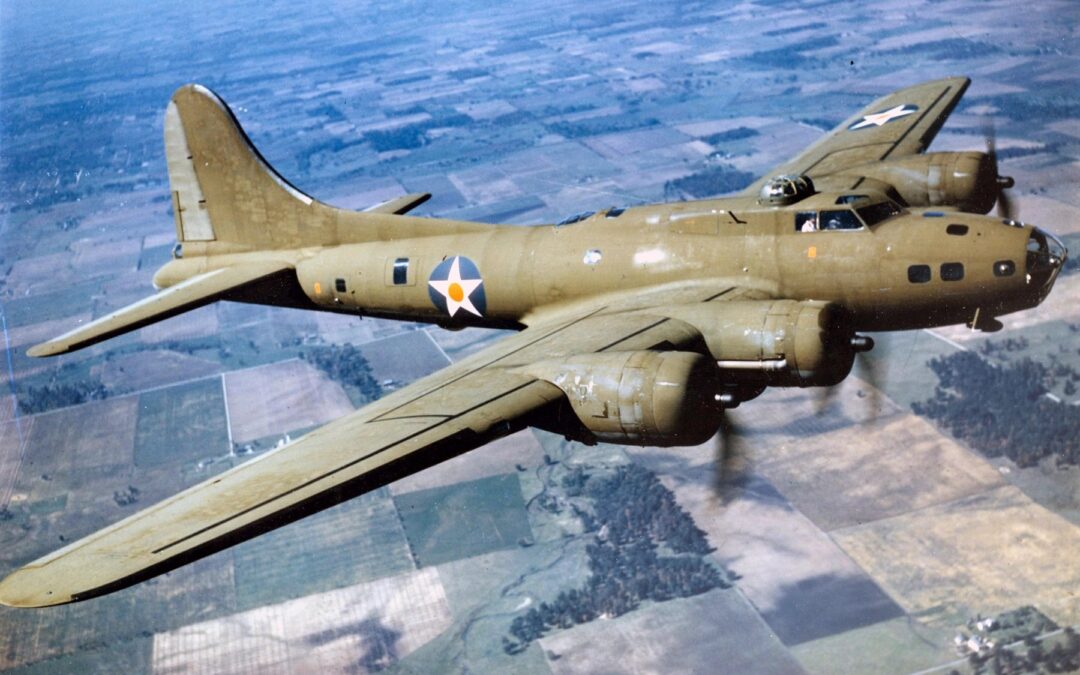American singer and actor Elvis Aaron Presley (January 8, 1935 – August 16, 1977), widely recognized as The King of Rock-N-Roll, is the celebrity whose military service is probably best known. He enlisted in the US army at the peak of his career, in 1958, when he was already world-famous and had wide success as a rockabilly and rock-n-roll singer also encompassing other genres, including gospel, blues, ballads, and pop music. Elvis Presley: Birth of the Star Elvis Aaron Presley was born on January 8, 1935, in Tupelo, Mississippi. He was a twin, but his brother was stillborn. Elvis had a strong bond with his parents, especially with his mother Gladys. His father Vernon was doing odd jobs, and the family often depended on the goodwill of neighbors or government food support. Elvis was an average student at best, but impressed the teachers with his singing. One of the teachers encouraged him to enter a singing contest, which turned out to be Elvis’s first public appearance at the age of...
